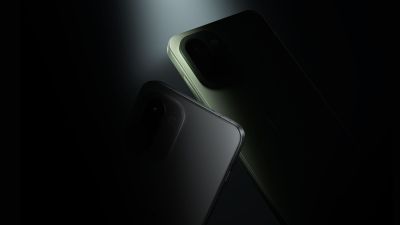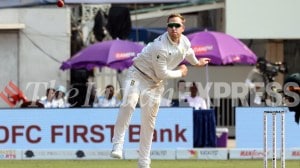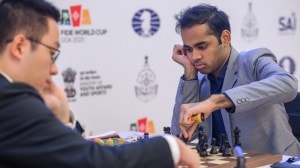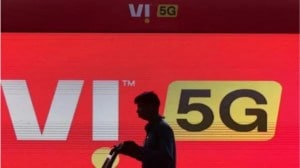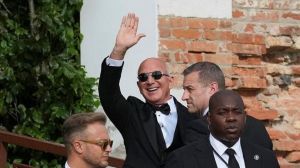Coast Guard upgrade stuck,not single plane added
Two years later,not a single new aircraft has been added,raising questions on the force's ability to detect and thwart similar attempts.
Two years ago,when the Mumbai attack exposed gaping holes in the coastal surveillance network,a major acquisition drive was announced to upgrade the Coast Guard,with special emphasis on its aerial wing. Two years later,not a single new aircraft has been added,raising questions on the force’s ability to detect and thwart similar attempts. In subsequent months,the Defence Ministry drew up an elaborate plan to immediately procure 30 new helicopters and 12 fixed-wing aircraft to scale up the force’s surveillance capabilities. The force level of the Coast Guard,however,has remained static at 45 aircraft and helicopters since 2008. Worse,the Ministry has not even issued formal tenders to acquire helicopters while a new fleet of medium range fixed-wing surveillance aircraft is in the technical evaluation stage. Realising that the Coast Guard was short of helicopters to intercept and detect suspicious vessels,the Ministry had in early 2009 had floated a tender to lease eight twin engine helicopters to meet the requirement. It now turns out that after two years of red tape and bureaucratic wrangling,the ‘dry lease contract was cancelled as the ministry did not allocate sufficient funds to cover its cost. After several rounds of evaluation,US aviation major Sikorsky’s twin engine helicopter was found compliant. But when the tenders were opened,the ministry realised it had only accounted for hourly leasing charges. The poor planning led to the cancellation of the contract and the Ministry has started a fresh process to lease eight helicopters. The process will take at least two more years. The other deal was to get 30 new helicopters for maritime surveillance and attack missions against rouge vessels. But the ministry has not yet floated formal tenders to procure the helicopters — 16 of which are to be ship-borne and 14 shore-based. It took the ministry more than 18 months after the terror attack to even come out with a request for information for the helicopters. After the tenders are finally floated,it would take at least three years to identify a suitable machine. Similarly,the ministry has not yet been able to identify fixed wing maritime reconnaissance aircraft. While tenders have been floated and trials carried out,the ministry is still to choose a suitable aircraft out of the two contenders the Russian Beriev 200 and Canadian Bombardier Q400. Even if things go on with clockwork precision,it would take at least three years for the first of the new patrol to enter service.





- 01
- 02
- 03
- 04
- 05


